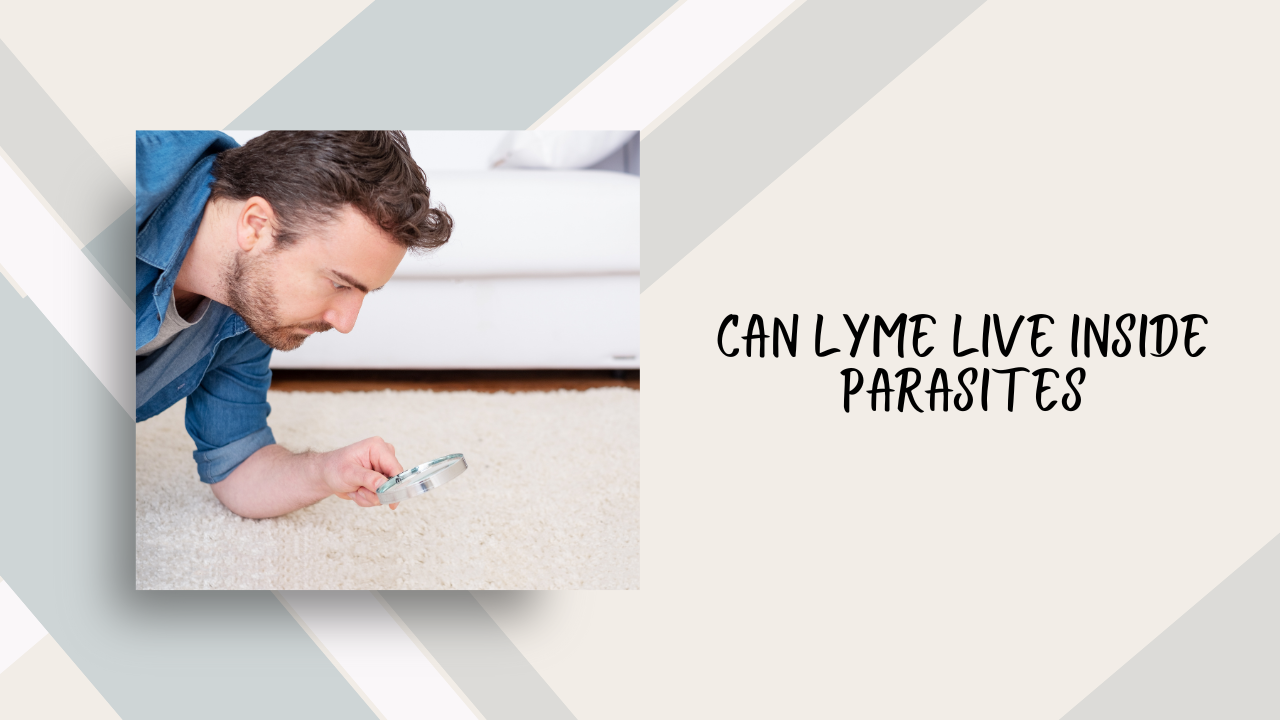Can Lyme Live Inside Parasites?
Jun 22, 2023
Many of my Lyme patients tell me that they think they have parasites, and/or worms. They pass things in their stool that sometimes look ropey and wormy – but are they really worms, is it shedding of the intestinal lining, or perhaps biofilm? Or maybe all three? I saw a patient yesterday who showed me pictures of perfectly formed, round, tiny, white eggs that he pulled out of the toilet. He reported that they crunched like egg shells when compressed.
While there is much unknown about what these things actually are, it is evident that Lyme patients tend to have a propensity to parasites, and that anti-parasitic therapy can be helpful for chronic Lyme patients.
Researcher Alan MacDonald, MD, has indeed found nematodes (worms) in the brains of deceased persons on autopsy. He has associated this with a range of neurological conditions including Borreliosis, Alzheimers and Lewy-body dementia. Further, he found two Borrelia pathogens inside these nematodes.
Based on this, it does indeed appear that Lyme can live inside parasites.
So, what is to be done?
Testing for parasites and worms is notoriously unreliable. Catching them depends on where they are in their lifecycle, whether a worm is actually shed in the stool, and how sensitive the particular test/lab is. Liver flukes will not show up in a stool sample, although their eggs could.
Remember also, that not all parasites are visible. Helminths are worms such as roundworm and pinworm, which can be visible; but there are also microscopic parasites such as Giardia, Blastocystis and Entamoeba that are not seen by the naked eye.
It might behoove Lyme patients to do a parasite cleanse at some point in their treatment journey. There are natural options and pharmaceutical options for this.
From a natural standpoint, I do think the CellCore line does a great job with their Para 1, 2 and 3.
I use Para 1 a lot with my patients – it is Mimosa pudica, which is a seed that has antiparasitic properties, but also acts as a soluble fiber in the bowels to improve digestive function. It works mechanically, which means it helps to detach worms/parasites and associated debris such as nests and eggs, along with biofilm, and sweeps it out of the bowel.
I also use my own formula, Dr. Nicola’s Anti-Parasite Formula, which contains clove, black walnut, wormwood, gentian, goldenseal and a variety of other herbs. It’s a very potent, powerful formula that combines well with Para 1.
There are also pharmaceutical options. If I do have someone test positive for one of the microscopic parasites such as Giardia, Cryptosporidium, Blastocystis or Entamoeba, I’ll usually treat with a course of tinidazole. Occasionally I use Alinia as well.
For the helminths, ivermectin can be a great choice (good for the Lyme too), praziquantel and albendazole are ones I use.
There are a variety of parasite protocols floating around the internet, including one by Dr. Dietrich Klinghardt, however his protocol is pretty aggressive and not all patients would be able to tolerate that. A lot depends on individual sensitivity levels.
I like to do biofilm breakers at the same time as parasite treatment as well – BioDisrupt by Researched Nutritionals has become one of my favorites.

